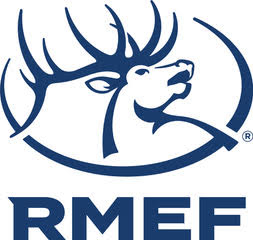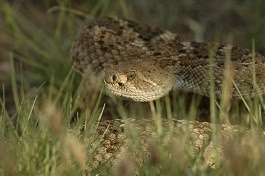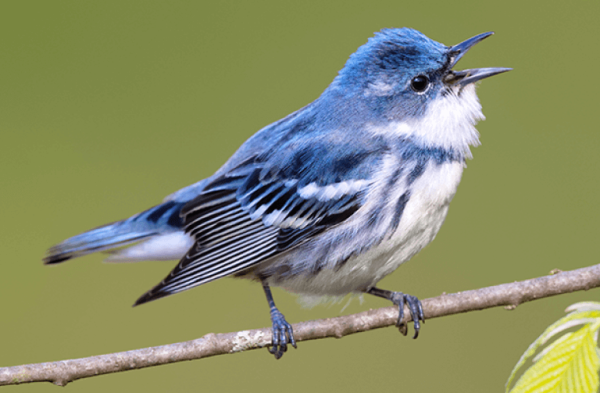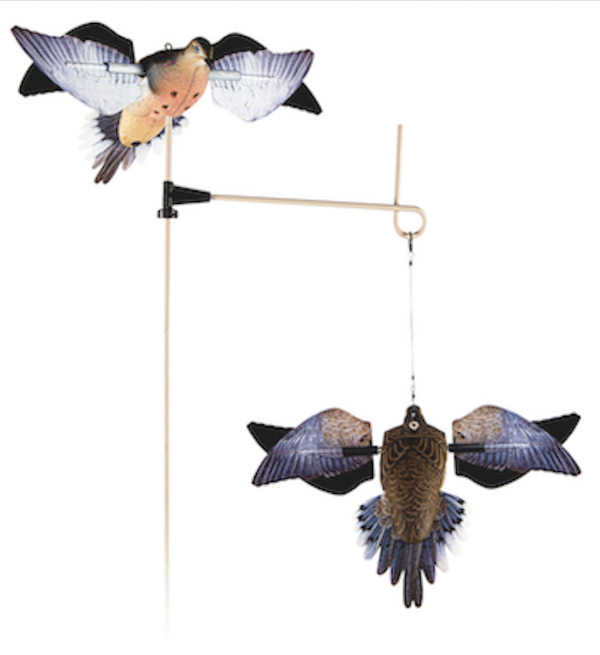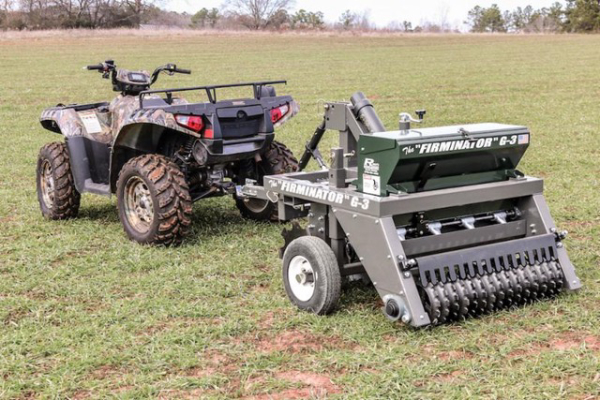RHD May Threaten Vermont’s Rabbits and Hares
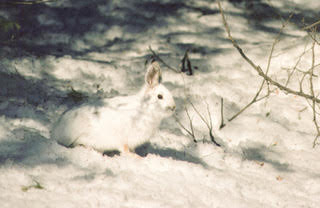
The Vermont Fish and Wildlife Department says a disease affecting rabbits and hares previously found in western states may be moving eastward. Rabbit hemorrhagic disease (RHDV2) is a virus known to be extremely lethal to wild and domestic rabbits, including cottontail rabbits and snowshoe hares.
RHDV2 was first found in New Mexico in 2010, but it has spread rapidly to other western states(https://www.aphis.usda.gov/aphis/maps/animal-health/rhd), and a case involving a domestic rabbit was reported in Florida in late 2020.
Infection with the virus usually results in the quick death of a rabbit, often in only a few days. The virus is transmitted through direct contact between wild rabbits, domestic rabbits, or between wild and domestic rabbits. It is also easily spread indirectly through contact with dead infected rabbits, infected food and water supplies, personal clothing, and domestic rabbit cages. Read more

